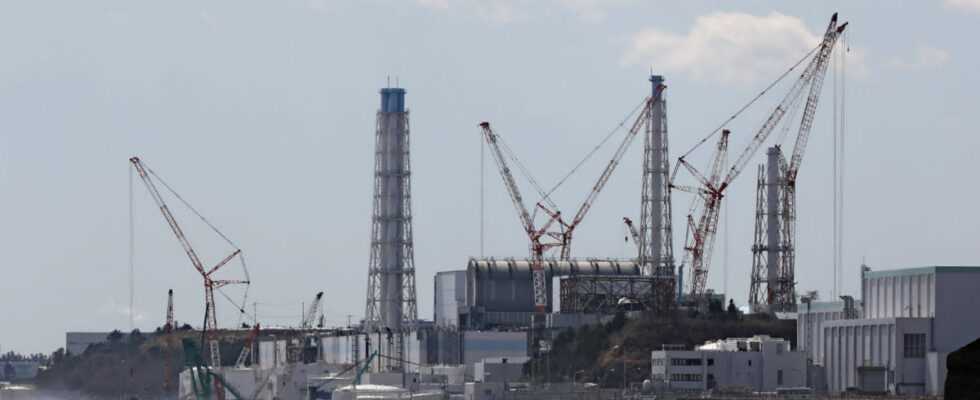A massive 7.3-magnitude earthquake rocked eastern Japan on Wednesday evening, which also caused a small tsunami along much of the east coast, but no major damage was immediately reported.
The hypocenter of the earthquake that occurred at 11:36 p.m. (3:36 p.m. in France) was 60 km deep under the Pacific Ocean off the Fukushima department, according to the Japanese Meteorological Agency (JMA). This agency immediately issued a warning for waves one meter high. Waves of 30 cm were finally measured in Ishinomaki, in Miyagi prefecture, north of Fukushima, according to the JMA which called on residents to stay away from the seafront.
Stay clear of the coast and take steps to protect yourself
“Police and emergency services were overwhelmed with calls in Fukushima and Miyagi,” government spokesman Hirokazu Matsuno said. Authorities were still checking the extent of the damage, he added, urging the population to remain vigilant over the next few days in anticipation of possible strong aftershocks.
Small aftershocks were recorded in the northeast in the first hours after the initial quake, and evacuation instructions to shelters were issued in some localities in the region. “Please follow the information about the earthquake, stay away from the coast and take measures to protect yourself,” also recommended Japanese Prime Minister Fumio Kishida.
No anomaly at the Fukushima plant
No anomaly was detected at the Fukushima Daiichi nuclear power plant, severely damaged by a gigantic tsunami caused by a magnitude 9 earthquake on March 11, 2011, according to the Japanese Nuclear Safety Agency (NRA). At the other nuclear power plant in the county, Fukushima Daini, also shut down since 2011, as well as at the Onagawa power plant (Miyagi county), pumps for spent fuel cooling pools briefly stopped working but they quickly restored to working order, the NRA later said.
The earthquake, which was felt for a long time and strongly including in Tokyo, initially deprived more than two million homes of electricity in Kanto, the large region encompassing the capital and its neighboring departments, according to the operator Tokyo Electric Power (Tepco ), but power was fully restored to that area a few hours later. Some 157,000 homes were also initially without power in the northeast of the country, according to Tohoku Electric Power.
A high-speed train derailed
Rail company JR East has reported significant disruptions to its network. A shinkansen, the Japanese high-speed train, notably derailed north of the city of Fukushima, according to JR East, which did not immediately report injuries. And in the city of Sendai (northeast), a wall of the historic castle of Aoba collapsed, according to images from Japanese television.
Japan, still haunted by March 11, 2011, observed a minute of silence last Friday in memory of this major disaster. The disaster left more than 18,500 people dead and missing – mostly from the tsunami – and forced more than 165,000 people from Fukushima Prefecture to evacuate their homes due to radioactive emissions from the damaged nuclear power plant, where the cores of three reactors had melted. Local authorities still count 33,365 displaced people today, 80% of whom live outside the department of Fukushima.
Located at the crossroads of several major tectonic plates, Japan is regularly hit by earthquakes and has strict construction standards so that its buildings are able to withstand strong tremors.
